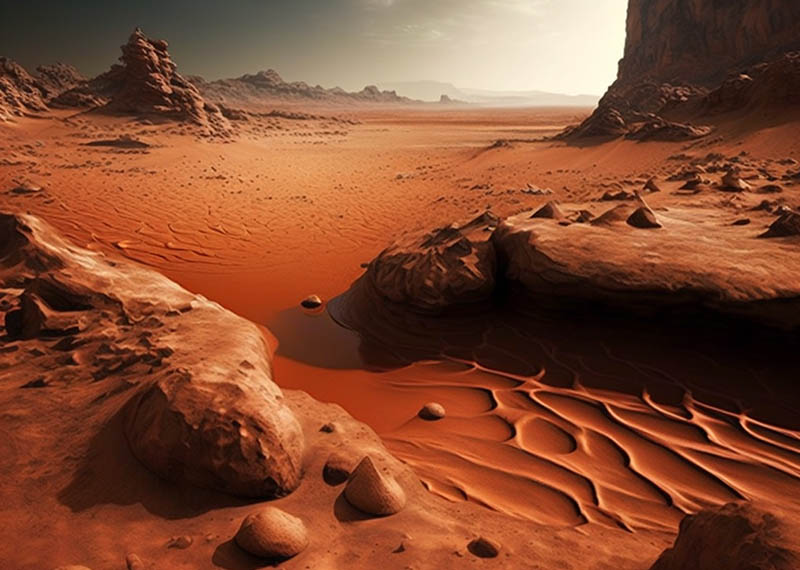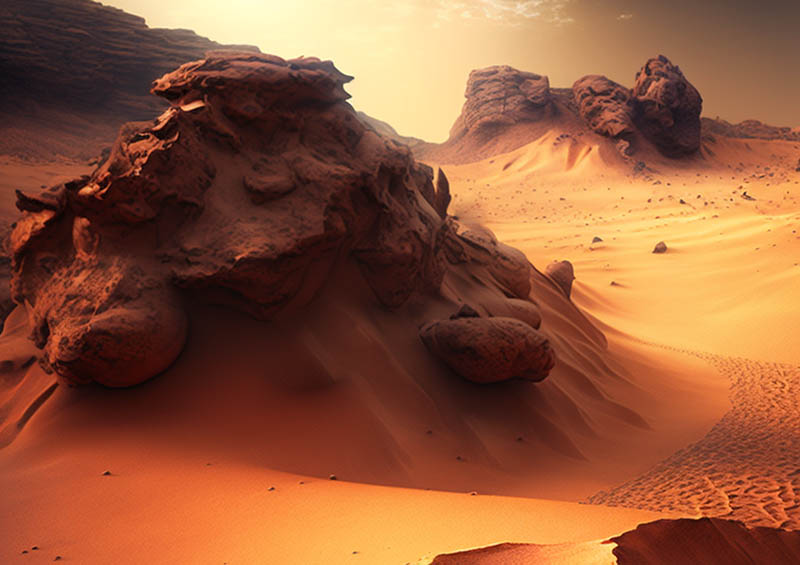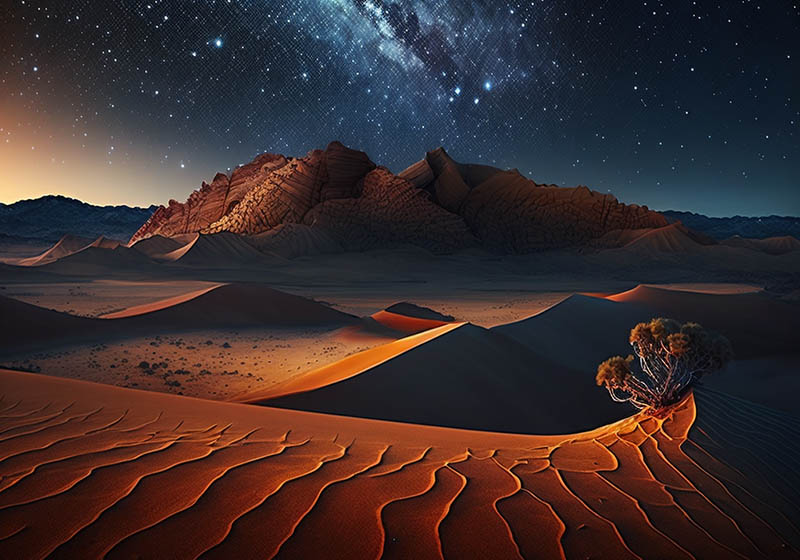Mars, the fourth planet from the Sun, is known for its distinctive reddish hue. The planet’s rusty color has puzzled astronomers and space enthusiasts for centuries, but today we know the reason behind it. Why is Mars red? There are various factors that contribute to its red color.
Iron Oxide, or Rust
The most prominent reason behind Mars’ reddish color is the presence of iron oxide, or rust, on its surface. Iron oxide is a mineral that gives the planet its reddish hue, similar to rust on Earth. Mars’ surface is rich in iron, and when exposed to the planet’s thin atmosphere, the iron oxidizes, creating a reddish-brown color.
Volcanic Activity
Mars is home to some of the largest volcanoes in our Solar System, such as Olympus Mons and Elysium Mons. These volcanoes have been active in the past, and their eruptions have spewed large amounts of iron and other minerals onto the planet’s surface. These minerals have reacted with the planet’s atmosphere, contributing to the planet’s reddish hue.

Dust Storms on Mars
Mars is also known for its frequent dust storms, which can cover much of the planet in a thick layer of dust. The dust particles in the Martian atmosphere can scatter sunlight, giving the planet a reddish tint. These dust storms can also contribute to the planet’s reddish appearance by depositing additional iron oxide and other minerals onto the surface.
The Age of Mars’ Surface
Another factor that contributes to Mars’ red color is the age of its surface. Mars is much older than Earth, and its surface has been exposed to cosmic radiation and other forms of weathering for billions of years. Over time, the iron minerals on the surface have reacted with the planet’s thin atmosphere, creating the rusty color we see today.
In conclusion, Mars’ red color is primarily due to the presence of iron oxide on its surface, as well as volcanic activity, dust storms, and the age of its surface. Understanding the factors that contribute to Mars’ distinctive color can help us better understand the planet’s geology and history. As we continue to explore and study Mars, we may uncover even more secrets about this fascinating planet.


